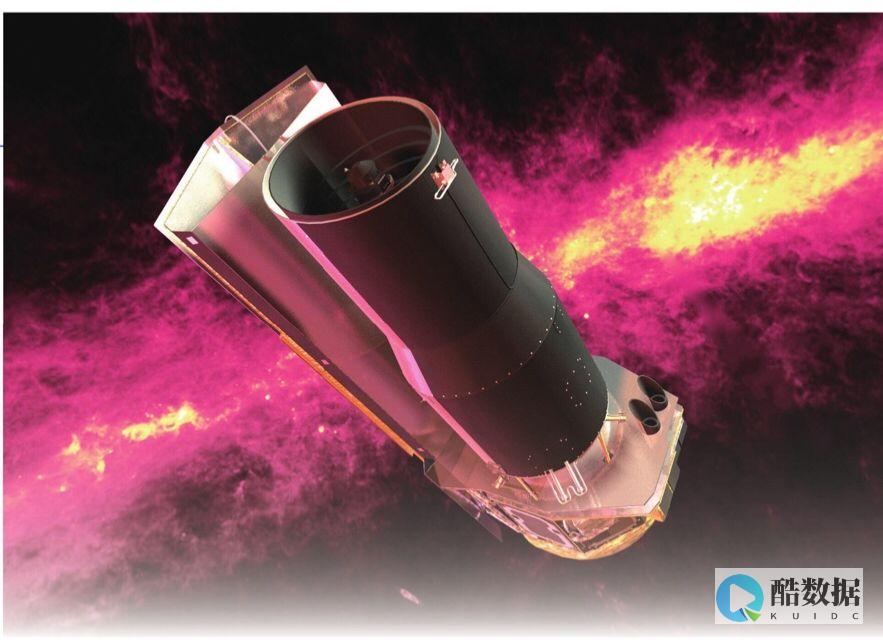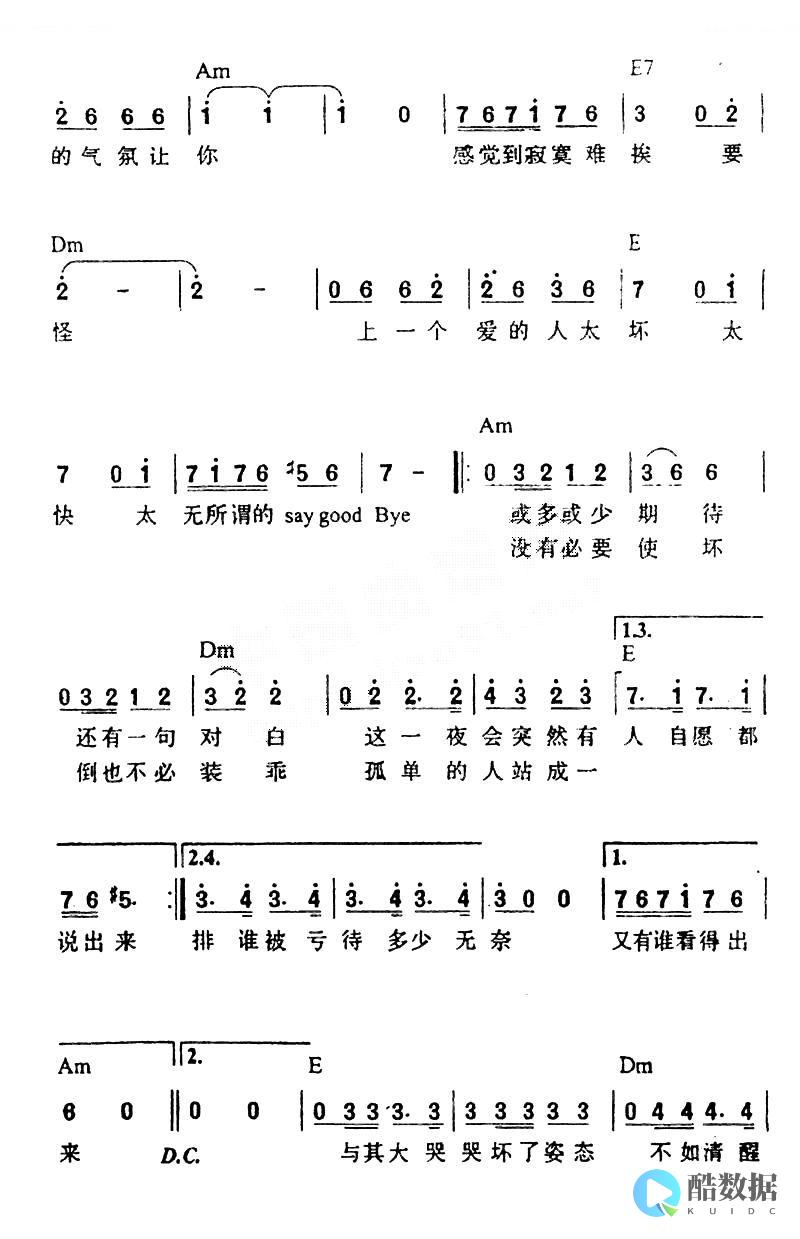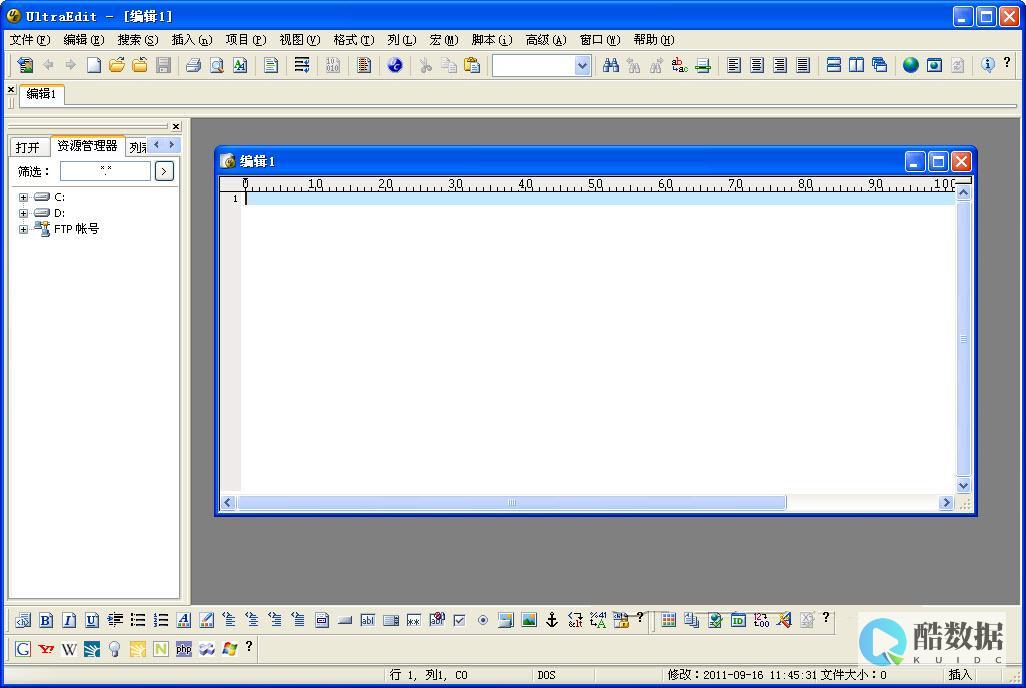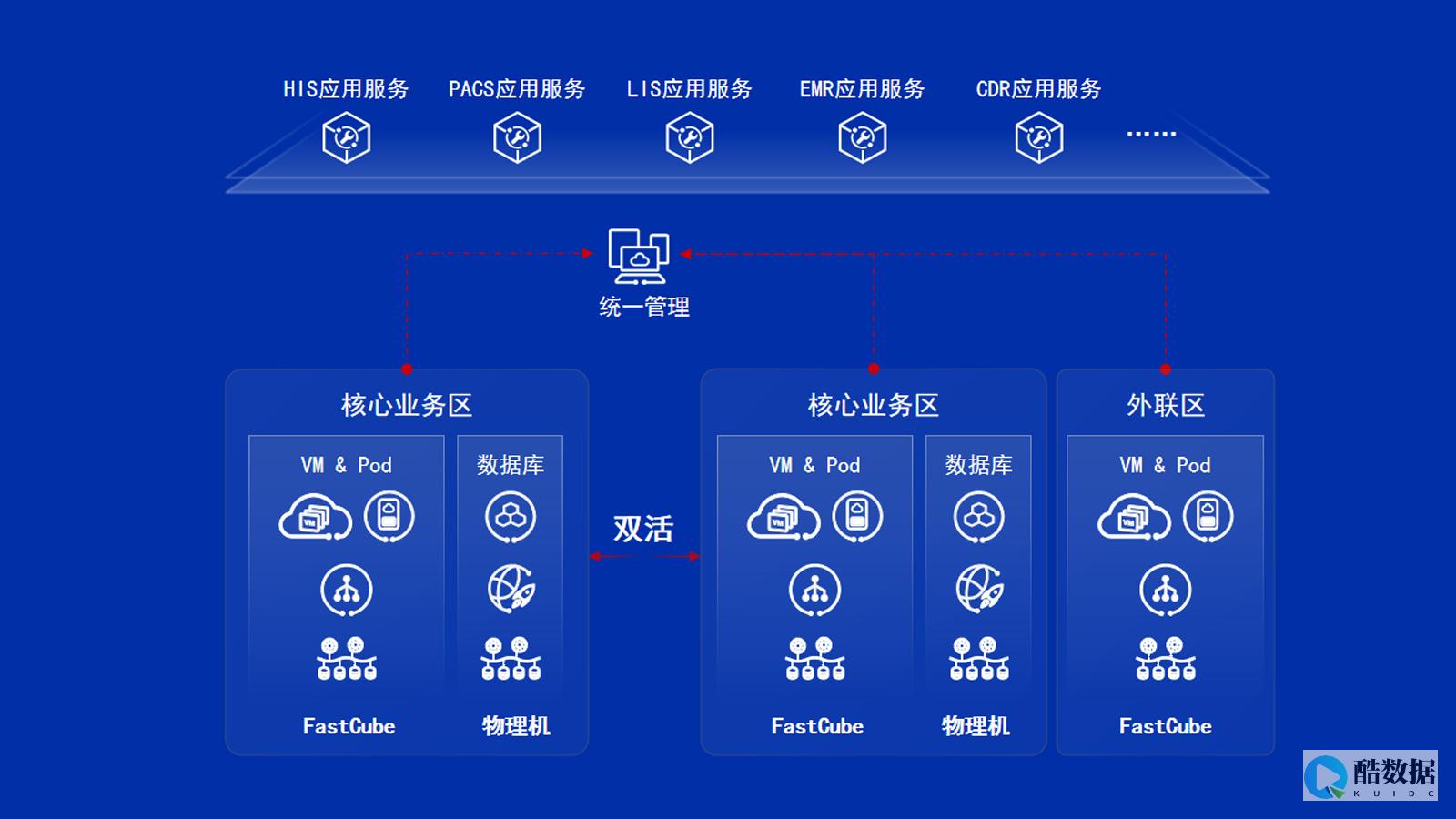The Linux Kernel Driver API provides an invaluable platform for the development of a vast and ever-growing range of computer hardware. Developing Linux Drivers has been and CONtinues to be a costly and time-consuming endeavor. In that spirit, it is worthwhile to take a look at how the Linux Kernel Driver API can bused to drastically reduce the effort and cost of developing drivers for Linux systems.
The Linux Kernel Driver API is designed to allow various hardware to interact with the kernel by providing a set of functions and wrappers for accessing the low-level hardware components. By using the Linux Kernel Driver API, developers are able to write drivers for hardware components without having to worry about low-level hardware details. This simplifies the development process greatly and allows hardware designers to create hardware that will run on Linux without having to worry about compatibility issues.
The Linux Kernel Driver API provides the infrastructure to Make the development of Linux device drivers easier and more accessible. There are a number of resources available to developers who are looking to explore the Linux Driver API. One such resource is the Linux Driver Interface Specification, or LDIS. This document provides detailed information about the Linux Driver API and how it works. Another resource is the Linux Device Drivers Guide, which is a comprehensive guide to writing Linux device drivers.
In addition to providing a framework for writing device drivers, the Linux Kernel Driver API also provides a range of debugging and testing functions. Debugging and testing are important elements of the driver development cycle, so it is important that they are included in the Linux Kernel Driver API. These functions make it easier to detect and fix driver bugs and to ensure that drivers are working correctly on a range of devices.
Finally, the Linux Kernel Driver API makes it easier for device manufacturers to port their existing hardware drivers to Linux systems. By using the Linux Driver API, manufacturers can quickly port their existing drivers to Linux, thus saving time and money. In addition, the API provides a unified platform for development, making it easier for device manufacturers to manage multiple projects simultaneously.
The Linux Kernel Driver API is an invaluable tool for developers and device manufacturers alike. Its ability to simplify the development process and make device porting to Linux easier makes it one of the most important tools for developers and device manufacturers. The Linux Kernel Driver API is a critical component of the Linux operating system and its development is essential for the ongoing success of Linux-based systems.
香港服务器首选树叶云,2H2G首月10元开通。树叶云(shuyeidc.com)提供简单好用,价格厚道的香港/美国云 服务器 和独立服务器。IDC+ISP+ICP资质。ARIN和APNIC会员。成熟技术团队15年行业经验。
glibc交叉编译中 glibc-linuxthreads 软件包是起什么作用的

Glibc是linux运行依靠的最底层的API,他提供了很多的功能。 而我做的就是在宿主机上对glibc的编译,实现能在目标机上为目标机上程序的运行提供底层的库。 你的采纳是我前进的动力,记得好评和采纳,答题不易,互相帮助,手机提问的朋友在客户端右上角评价点(满意)即可。
怎么安装Nvidia for linux显卡驱动?
1.下载最新的驱动程序2. vi/etc/selinux/config/selinux 修改为Disabled3。 vi /etc/inittab中把default 修改为34。 ./软件按照提示安装即可。 5.修改配置文件:/etc/X11/6.修改inittab为5重新启动测试即可。 7。 使用nVIDIA-settins工具
ubuntu如何进入命令界面?
方法一:直接运行终端的可执行文件。 单击ubuntu桌面左侧启动器内部的主文件夹,然后单击文件系统,进入文件系统内部usr文件夹下的bin目录。 单击“搜索”标识,在搜索框内输入“gnome-terminal”然后按回车键。 在搜索结果中会出现“gnome-terminal”的可执行文件,双击即可打开终端。 操作过程如下图所示。 方法二:通过命令行打开终端。 在ubuntu系统中按Alt+F2快捷键打开命令输入框,输入“gnome-terminal”命令,然后按回车键即可打开终端。 方法三:使用快捷键:Ctrl+Alt+T打开终端。 在ubuntu系统中按:Ctrl+Alt+T即可打开终端,此方法是五种方法中最简便快捷的方法。 方法四:Dash主页打开终端。 单击Ubuntu桌面左上边的Dash主页图标,在搜索框内输入“ter”,然后在搜索结果内会出现终端的图标,然后单击终端图标即可打开终端。 操作过程如下图所示。 方法五:将终端图标锁定在右侧启动器,直接打开终端。 可以将终端通过拖拽的方式固定在桌面右侧的启动器上,通过单击启动器上的终端图标即可方便的打开终端。















发表评论